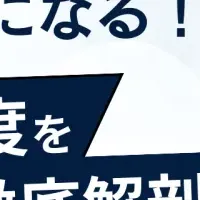
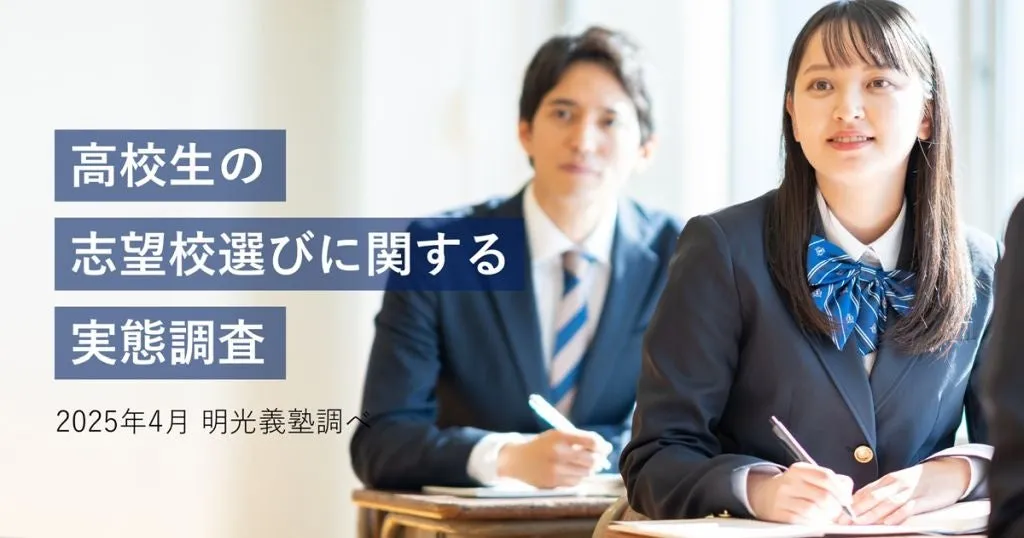
New Study Reveals High School Students' Preferences for University Entrance Methods
Navigating University Entrance Choices: High School Students' Perspectives
The landscape of university admissions is becoming increasingly complex, and a recent survey conducted by Meiko Gijuku sheds light on high school students' preferences for their future educational paths. The survey, which gathered responses from 850 high school students across Japan, indicates that nearly half of them are leaning towards recommendation-based entrance methods, reflecting a shifting trend in academic approaches.
Key Findings from the Survey
A Preference for Recommendation-Based Admissions
The survey revealed that approximately 50% of high school students express a desire for recommendation-based selections. Among the various admission methods, the most favored approach is the general entrance examination, with 63.6% of respondents opting for that choice. However, following closely behind, 48.0% prefer the school recommendation type, which includes both designated and open recommendations, while 30.9% expressed interest in the general selection, previously known as AO (Admissions Office) examinations. This data indicates not only that the general selection remains prevalent, but also that recommendation-based methods are increasingly viewed as accessible options for students.
The Role of Admission Method in School Selection
When asked about how admission methods influence their school choices, the majority (33.4%) reported that they consider their preferred university first before investigating the corresponding admission method. In contrast, 14.0% prioritize the admission type initially, and 10.4% differentiate methods based on their chosen fields of study. This highlights the sequential decision-making process students engage in, as they navigate their academic futures.
Importance of Open Campus Events
Moreover, the primary information sources for students regarding university choices suggest a trend towards experiential learning. The most cited source of information was open campus events, favored by 47.6% of students, closely followed by university websites (47.3%) and guidance from school teachers (41.2%). The importance of these in-person visits cannot be overstated, as they allow students to experience the campus environment and inform their decisions in a way that traditional resources may not.
Parental Involvement in Decision Making
A noteworthy aspect of the survey is the significant role that parental involvement plays in students' choices. Over 90% of students reported consulting with their parents during the decision-making process. When students sought their parents' opinions, the most valuable insight gained was diverse perspectives on their options (36.1%), alongside better understanding of economic aspects (28.3%) and effective information exchanges (27.6%).
However, the survey also brought to light the stress associated with discussing academic performance among families. Approximately 26.9% of students found conversations about grades to be a source of discomfort, indicating a need for supportive dialogue in these contexts. Despite these challenges, 29.7% of students reported no particular stress regarding their discussions with parents, suggesting a spectrum of experiences among students.
Addressing Gaps Between Student and Parental Aspirations
Interestingly, 31.3% of students noted a perceived gap between their preferred universities and those their parents advocate for. While the majority, at 51.1%, reported no discrepancies, this gap suggests a potential area of concern for family dynamics as students navigate their educational aspirations. The need for communication and alignment between students' choices and parental expectations will be crucial in mitigating stress and ensuring a smoother transition into higher education.
Conclusion
As students approach the pivotal moment of selecting their universities, understanding these trends is crucial for educators and parents alike. The clarity provided by the Meiko Gijuku survey highlights the evolving factors that influence student choices and underscores the importance of maintaining open and supportive channels of communication between students and their families. This research is vital for ensuring that high school students feel confident and informed as they navigate their future academic landscapes.
Further Insights
For more detailed insights and statistics, Meiko Gijuku’s educational information site, Meiko Plus, offers a comprehensive overview of these findings, particularly regarding the perspectives of parents involved in the university selection process.
For detailed outcomes and ongoing trends in educational choices, visit Meiko Gijuku.
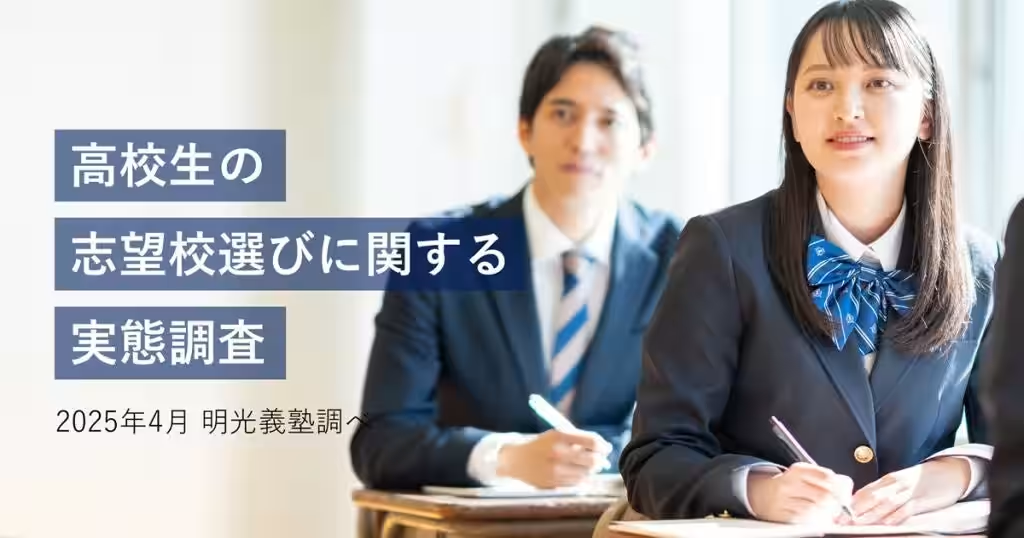
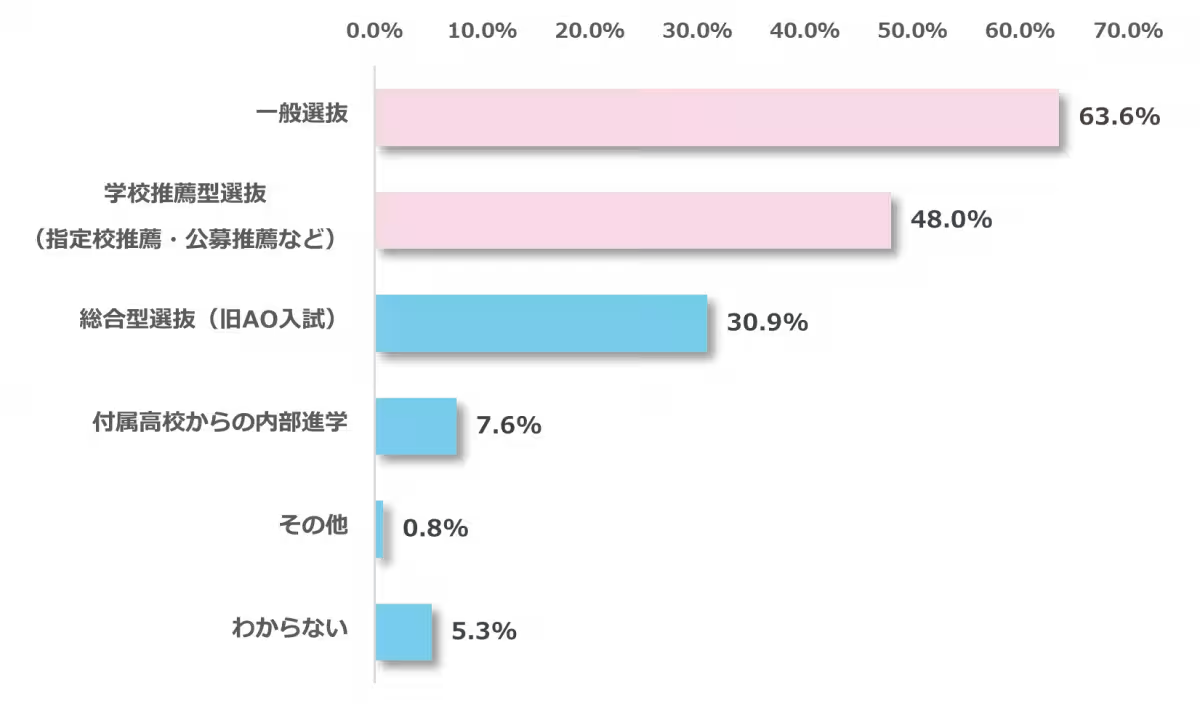
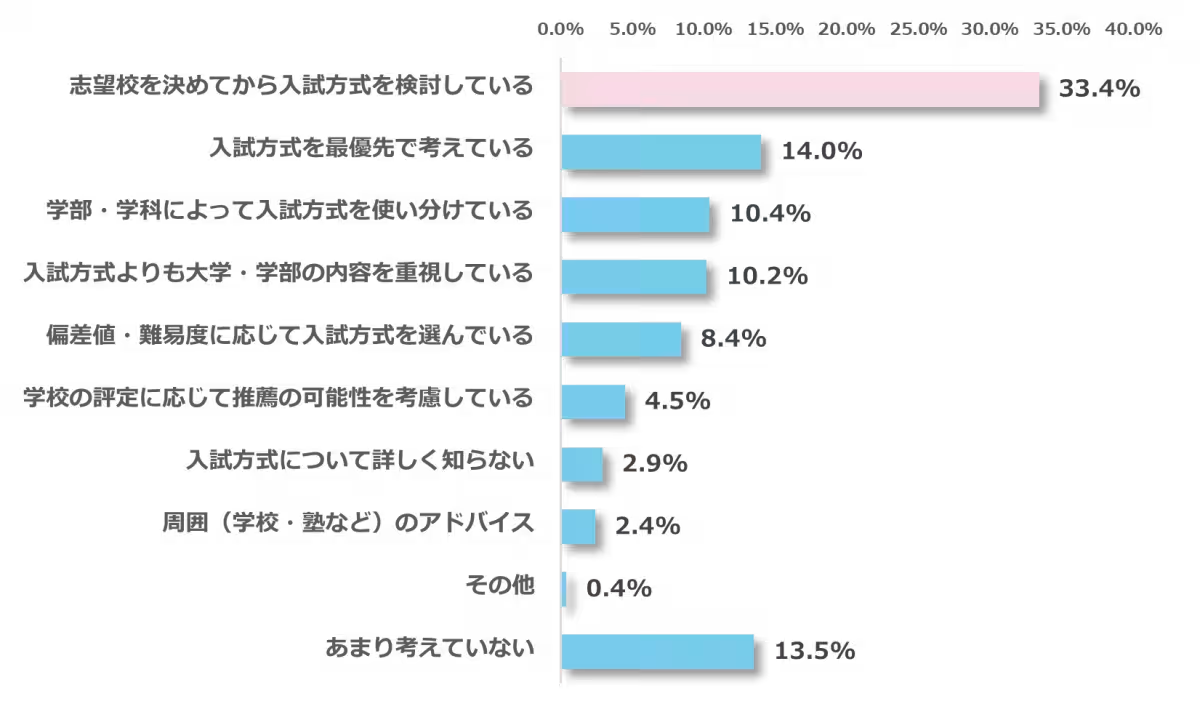
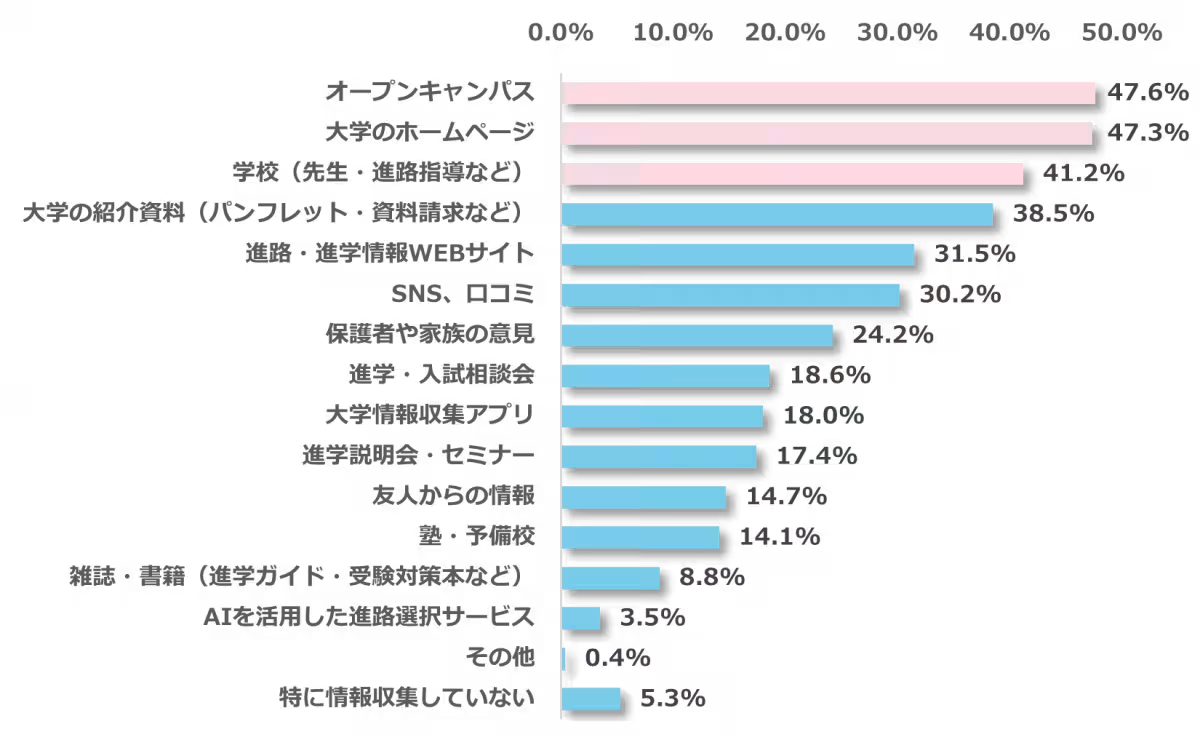

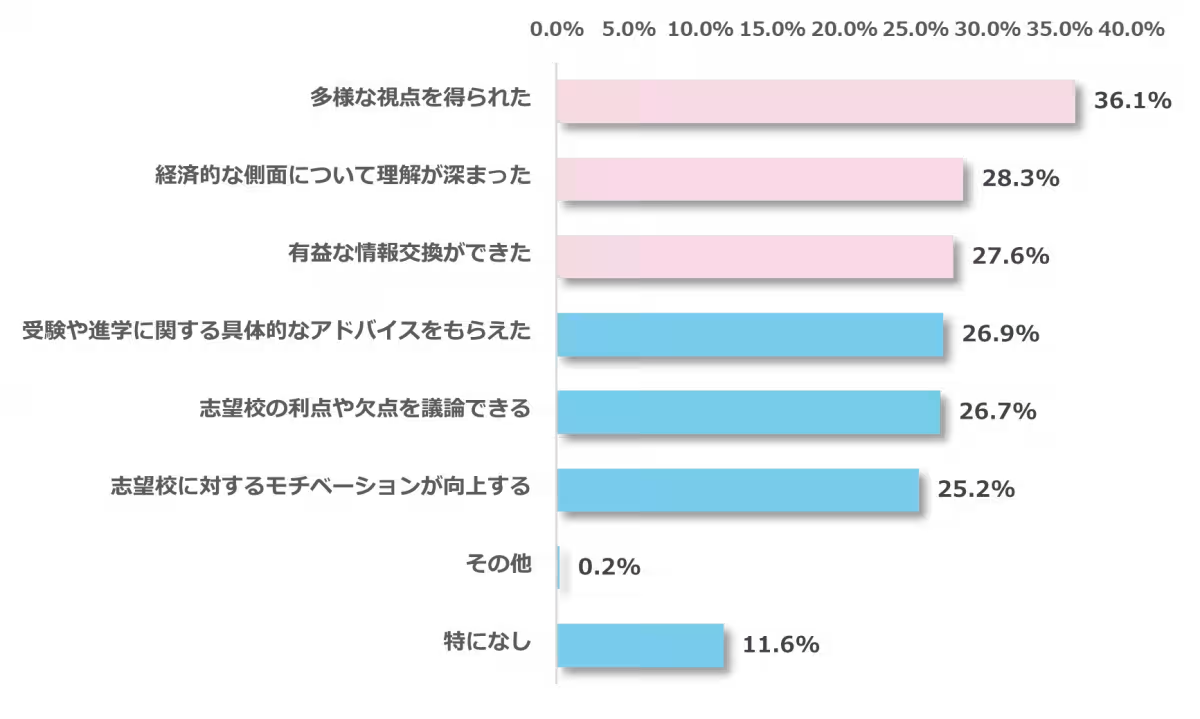
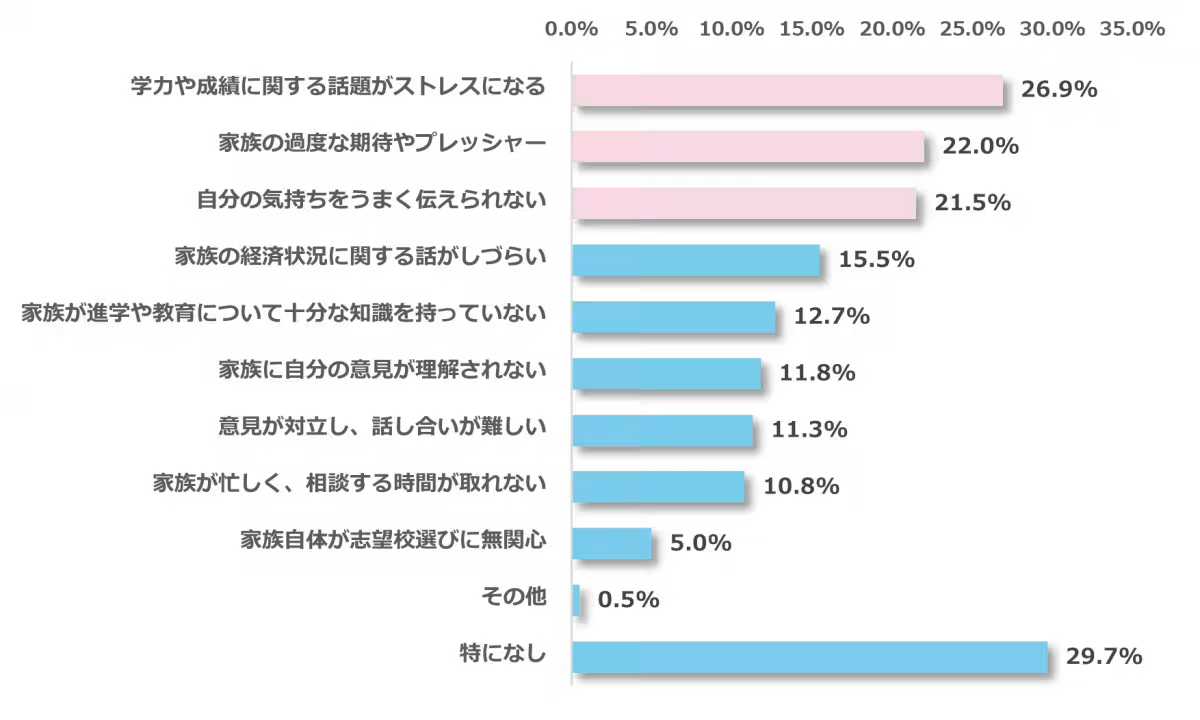
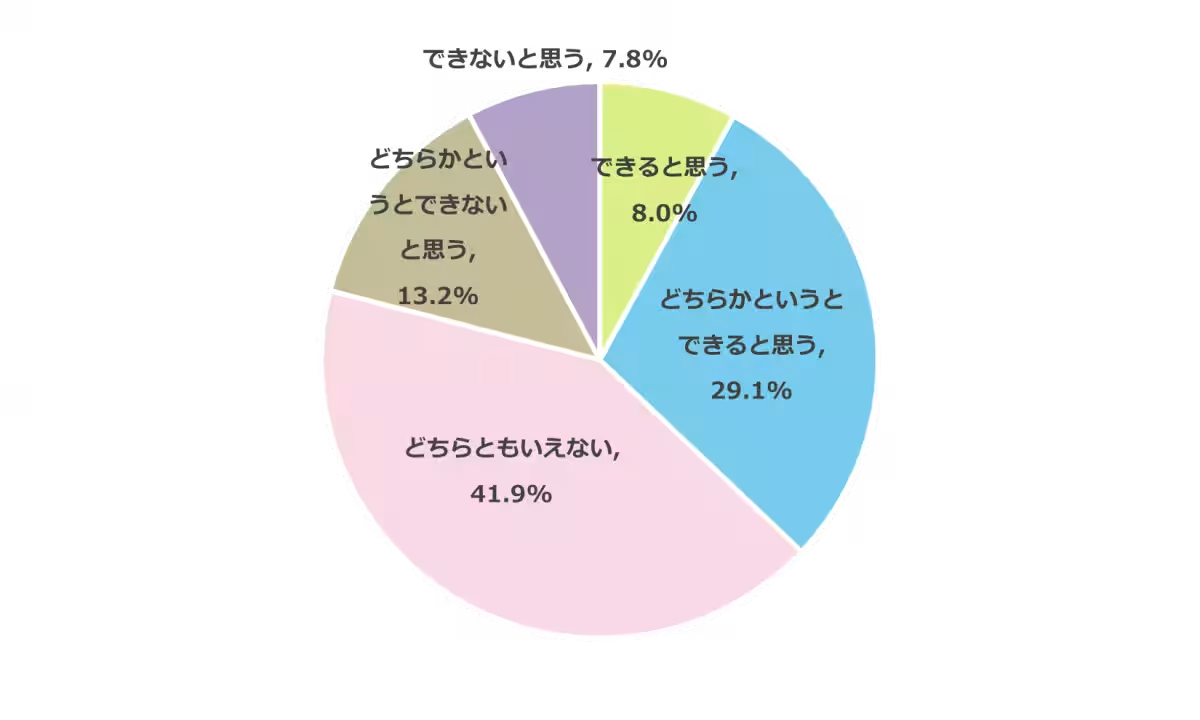
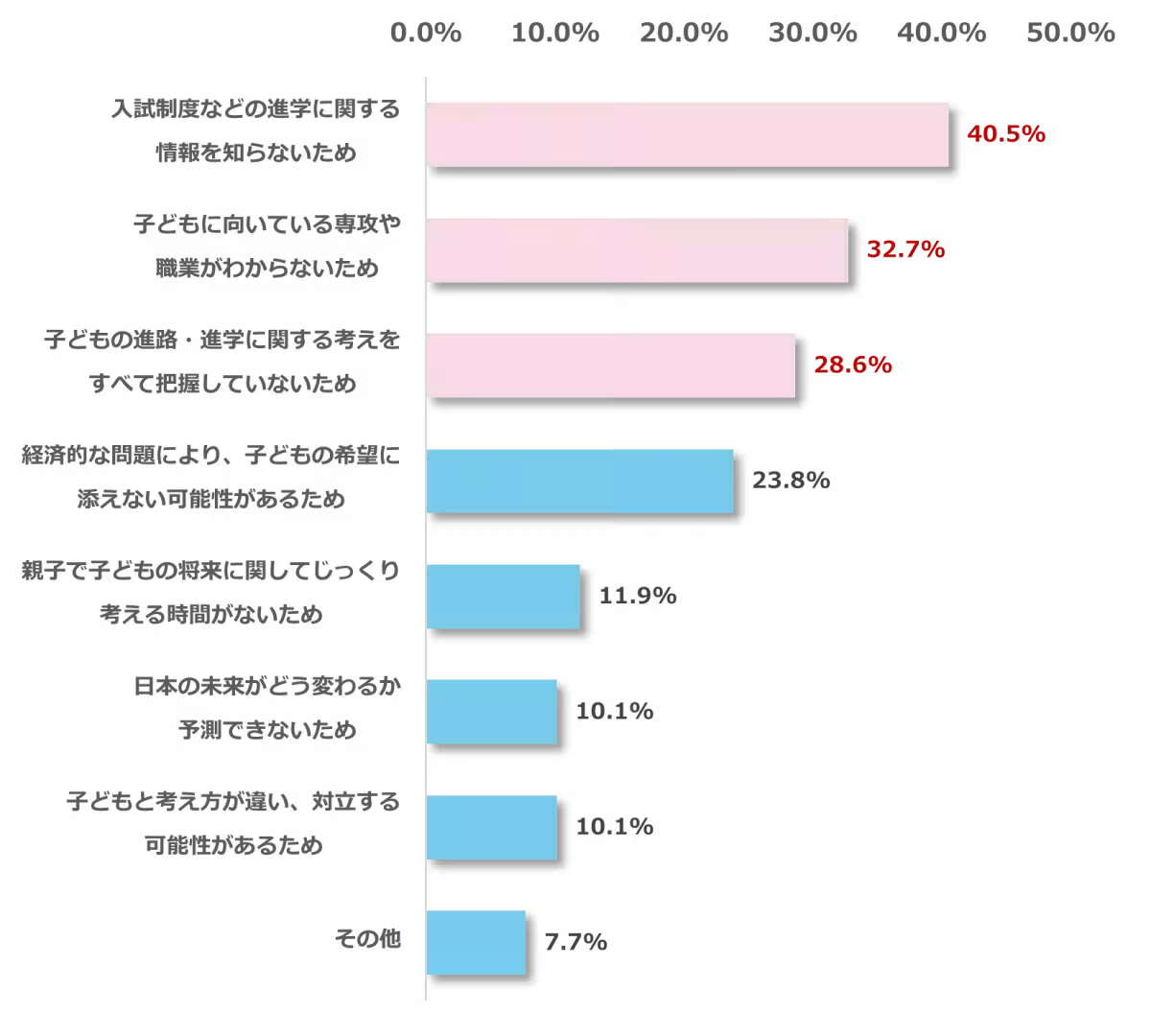
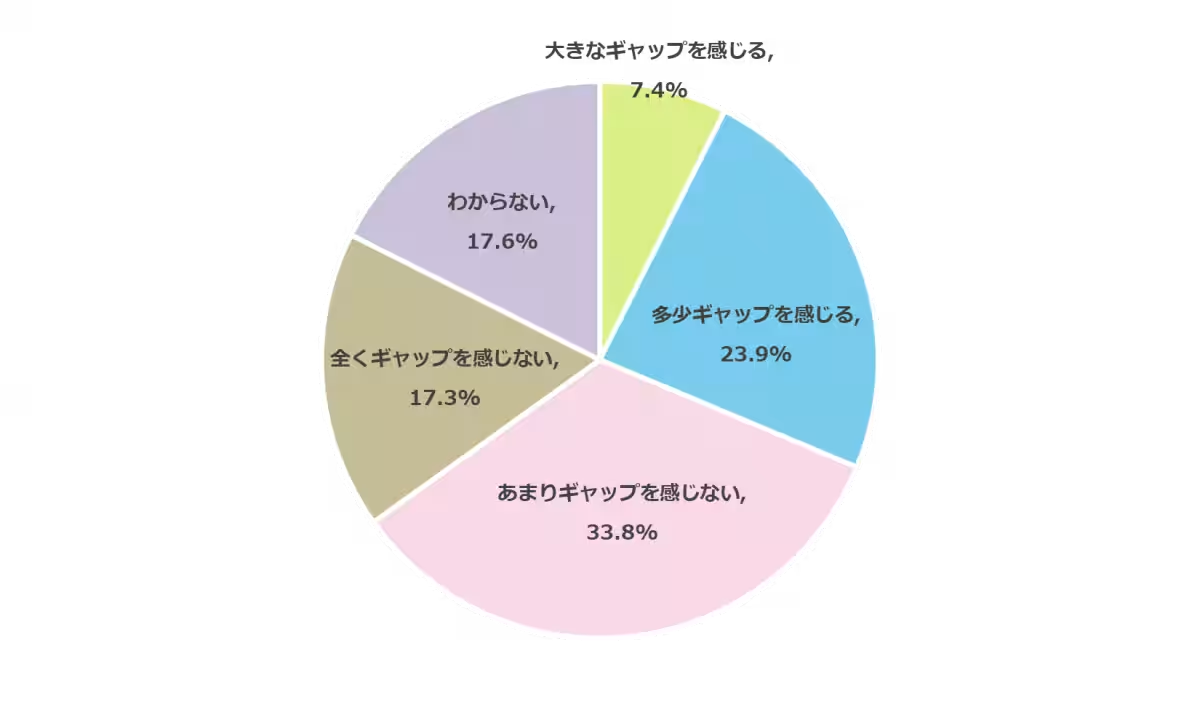

Topics Other)

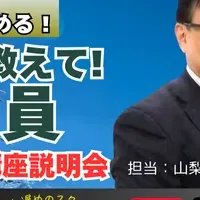


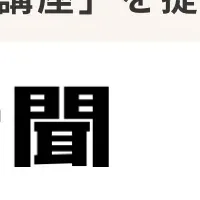



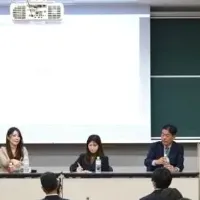

【About Using Articles】
You can freely use the title and article content by linking to the page where the article is posted.
※ Images cannot be used.
【About Links】
Links are free to use.